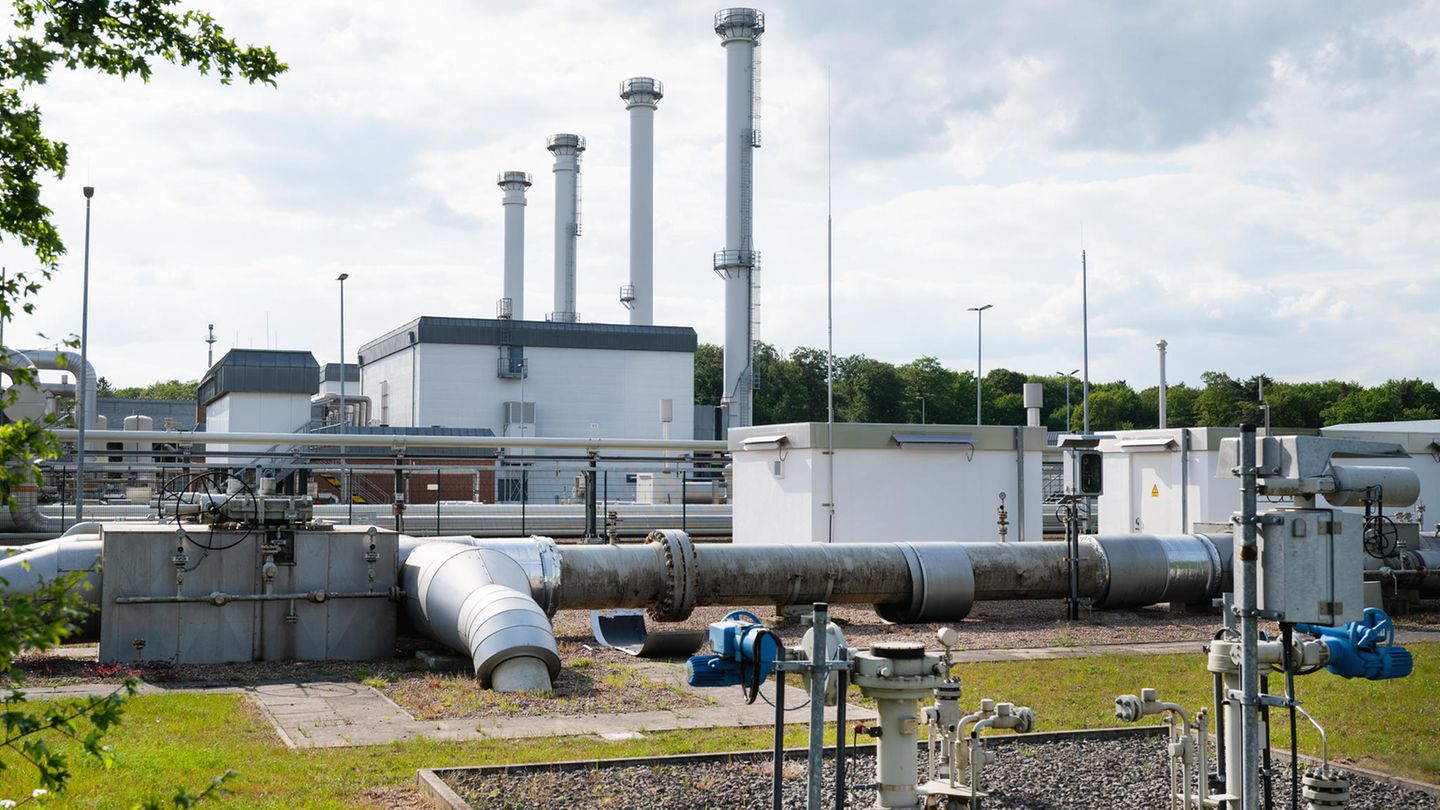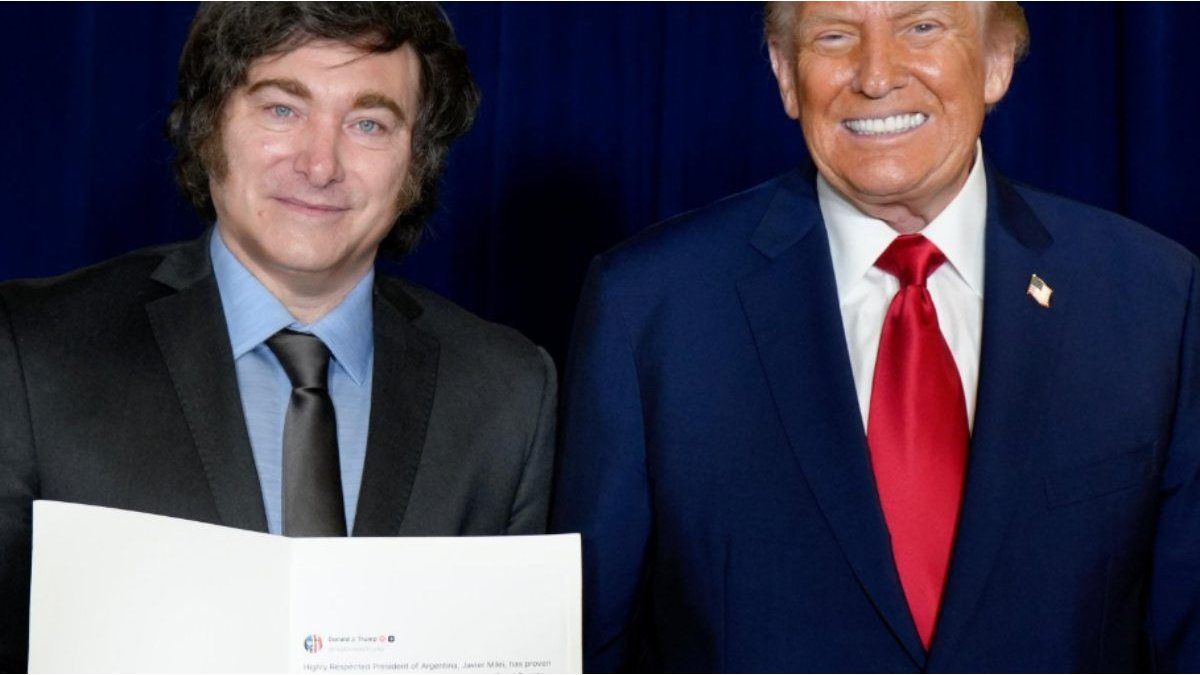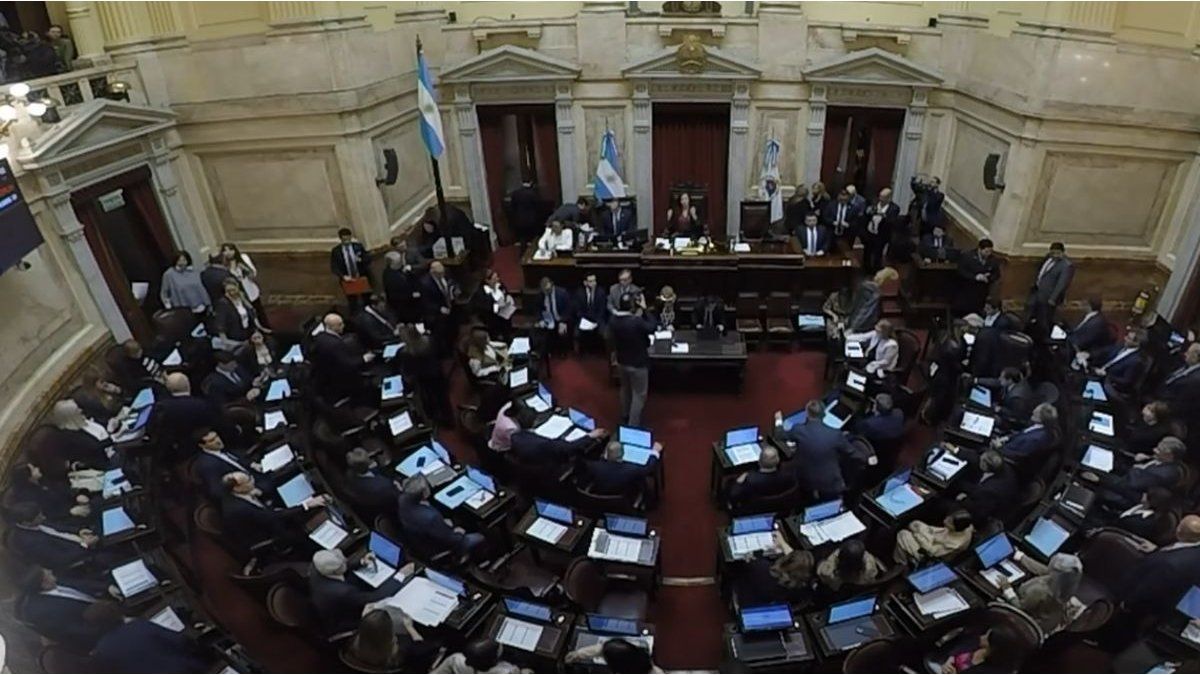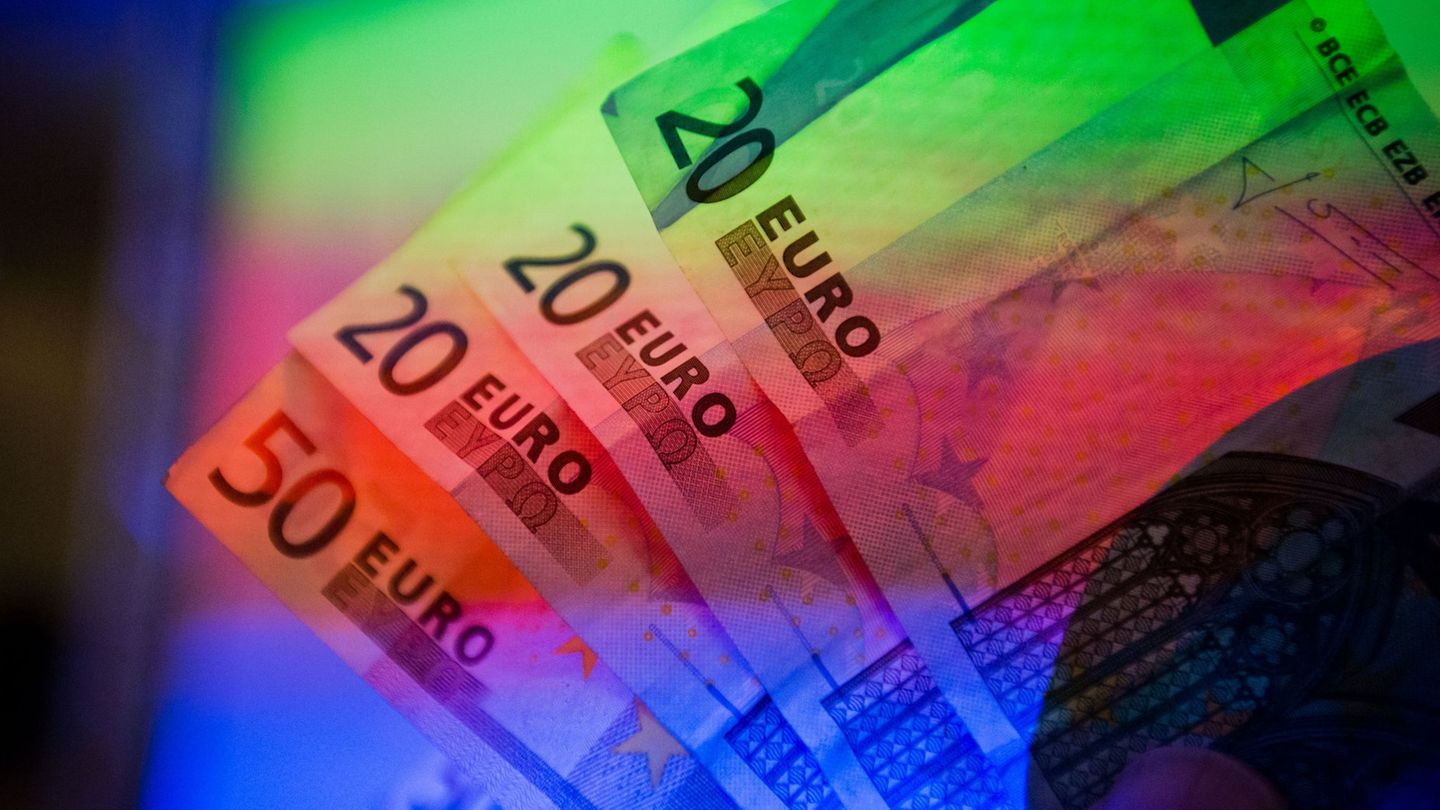questions and answers
Declining gas supplies from Russia are fueling concerns that Putin will turn off the gas supply to Germany completely. What consequences that would have, how Germany is arming itself and what politics wants to do now.
According to the Federal Government, the politically motivated reduction in gas supplies from Russia is causing concern in Germany. Although there are no current supply problems, it is emphasized, there are likely to be further rising prices and problems with the planned filling of German gas storage facilities. They are mainly used in winter, when consumption rises steeply during the heating period.
Where does the gas consumed in Germany come from?
Before the Ukraine war, Germany got around 55 percent of its gas from Russia, now it’s still around 35 percent. The rest so far comes mainly from the Netherlands and Norway, to a lesser extent from Belgium and other sources. About five percent of the demand is covered by local funding. Consumption is currently below the values of the previous year, but above the ten-year average.
What storage capacities does Germany have?
According to information from the industry, there are 47 underground gas storage facilities at 33 locations in Germany, albeit of very different sizes. Total capacity is 24.6 billion cubic meters of natural gas, equivalent to 230 terawatt hours (Twh). Around 20 percent of this is controlled by Astora GmbH, which belongs to Gazprom Germania, a subsidiary of the Russian Gazprom group, which is currently under trusteeship.
How is the storage currently filled?
The Federal Network Agency put the total filling level at 55.6 percent on Wednesday, significantly more than at the beginning of the war in February. The low was less than 25 percent in March. Astora’s largest storage facility in Rheden, with a capacity of 43.7 TWh, is currently only 8.1 percent full. Other larger storage capacities include VNG Gasspeicher GmbH with the majority owner EnBW and Uniper, which is majority owned by the Finnish Fortum Group.
The new Energy Storage Act passed in March stipulates that the storage tanks must be 80 percent full by October 1st and 90 percent by November 1st this year. In fact, the filling level has recently risen continuously, but is currently significantly slower.
How does Russian gas get to Germany?
By far the largest amount flows through the Nord Stream 1 pipeline to Lubmin in Mecklenburg-Western Pomerania. According to the Federal Network Agency, this was just under 1,800 gigawatt hours (Gwh) per day up until the beginning of June. Gazprom announced on Tuesday that the delivery volume would be reduced by around 40 percent, and on Wednesday it was said that the reduction would even amount to 60 percent.
In addition, Germany receives around 600 GWh of natural gas every day via the south-eastern European Transgas pipeline system with a transfer point in Waidhaus, Bavaria. However, a supply line from Russia, the Soyuz pipeline, was cut off by Ukraine because of the hostilities in May. The Yamal pipeline to Brandenburg, which runs via Poland, has not been filled by Russia since the end of April.
How will the remaining gas from Russia be replaced?
The import of liquefied natural gas (LNG) will play an important role. Four floating LNG terminals are currently planned, one in Wilhelmshaven and one in Brunsbüttel to go into operation by the end of the year, the other two in spring 2023. Stade and Hamburg as well as Lubmin in Mecklenburg-Western Pomerania are under discussion as locations, where for Nord Stream a lot of gas infrastructure is already in place.
In addition, at least two stationary LNG terminals are planned for the coming years. Stade and Brunsbüttel as well as Wilhelmshaven are mentioned as locations. They should later also be able to be used for hydrogen. Imports from LNG terminals in other EU countries are also possible.
Further amounts of gas could already be saved this winter by temporarily replacing gas-fired power plants with coal-fired power plants held in reserve. However, this would increase CO2 emissions.
Source: Stern
Jane Stock is a technology author, who has written for 24 Hours World. She writes about the latest in technology news and trends, and is always on the lookout for new and innovative ways to improve his audience’s experience.




